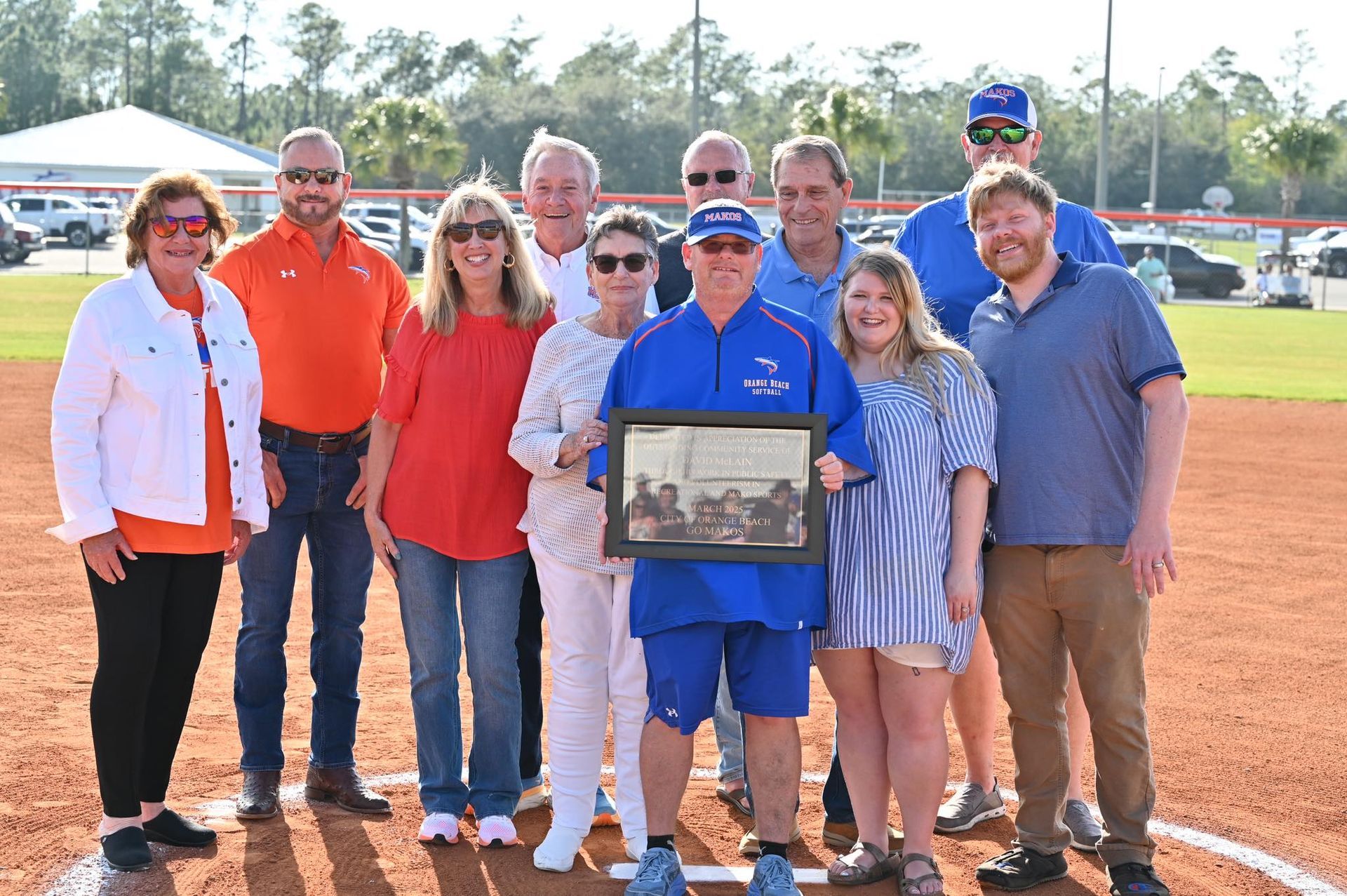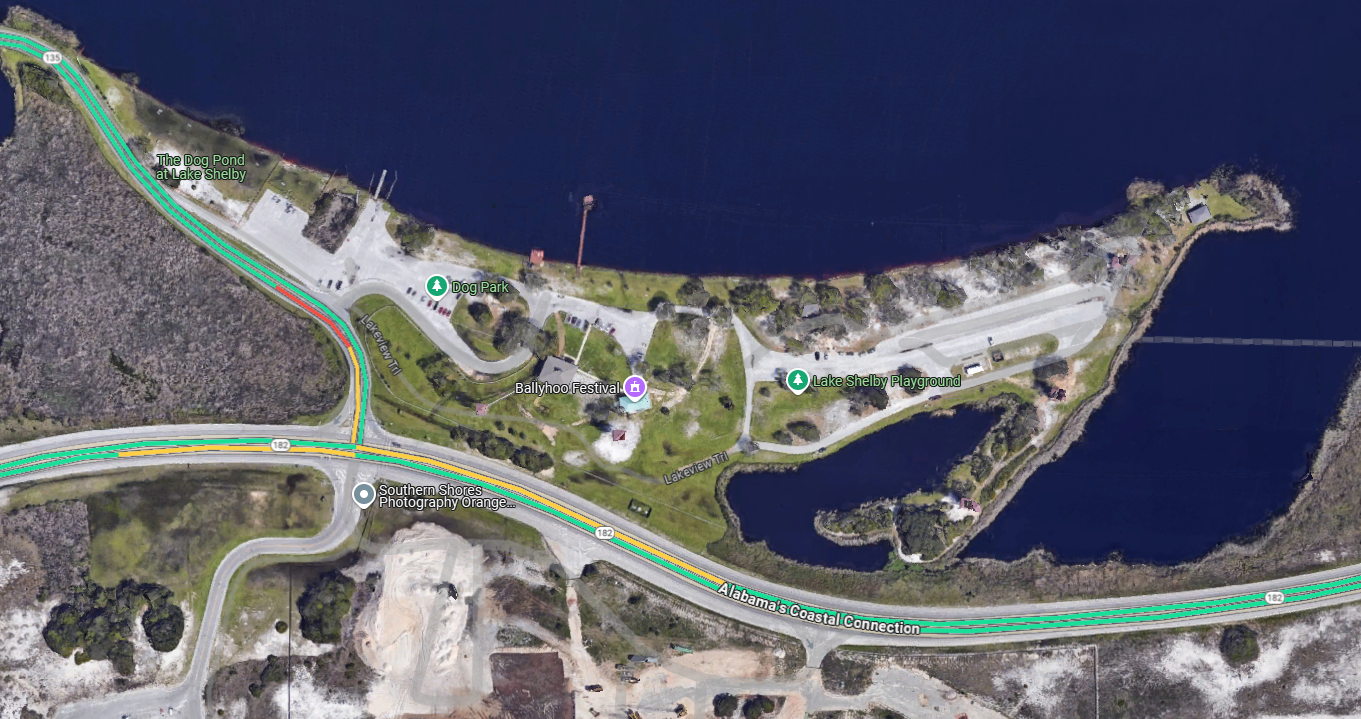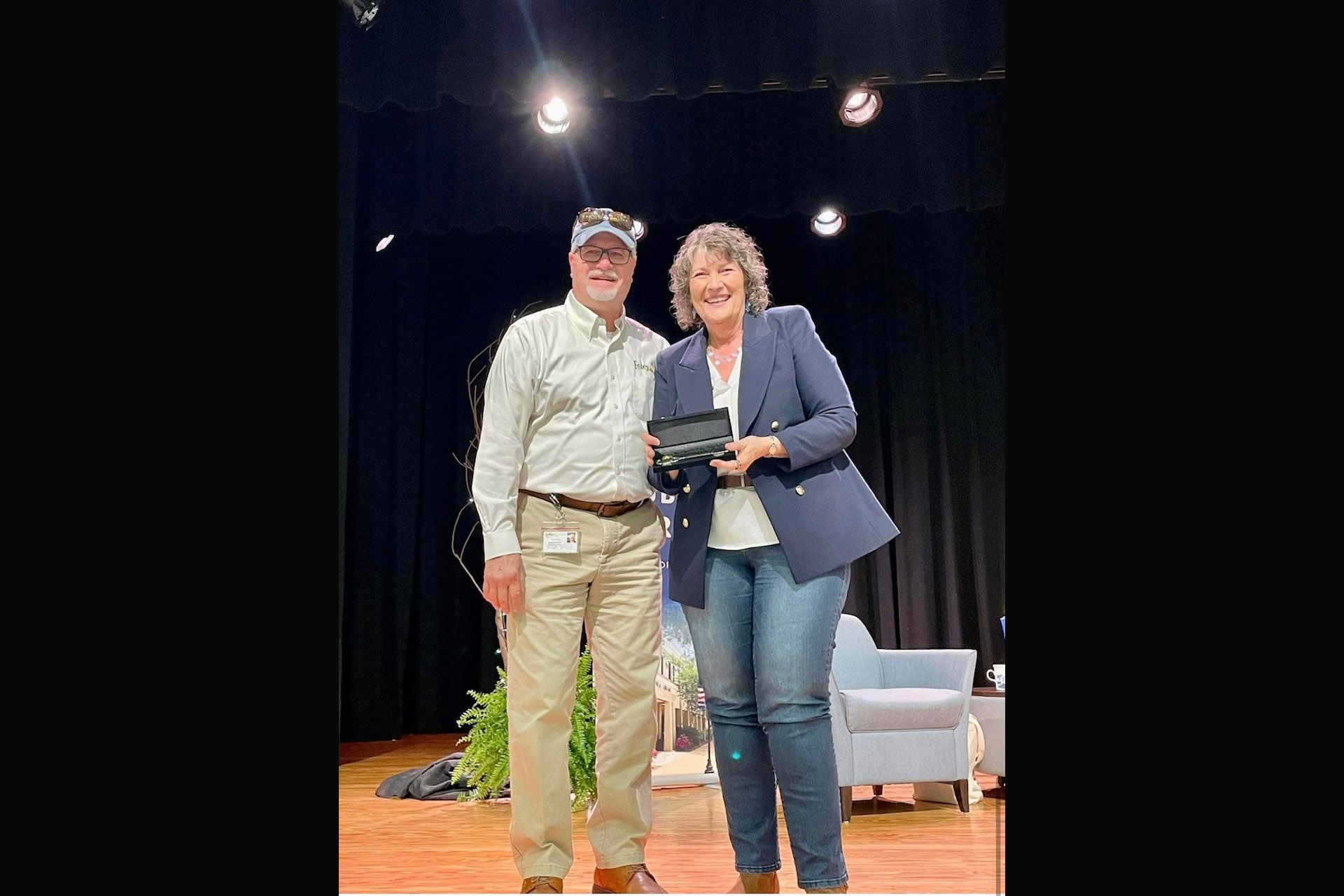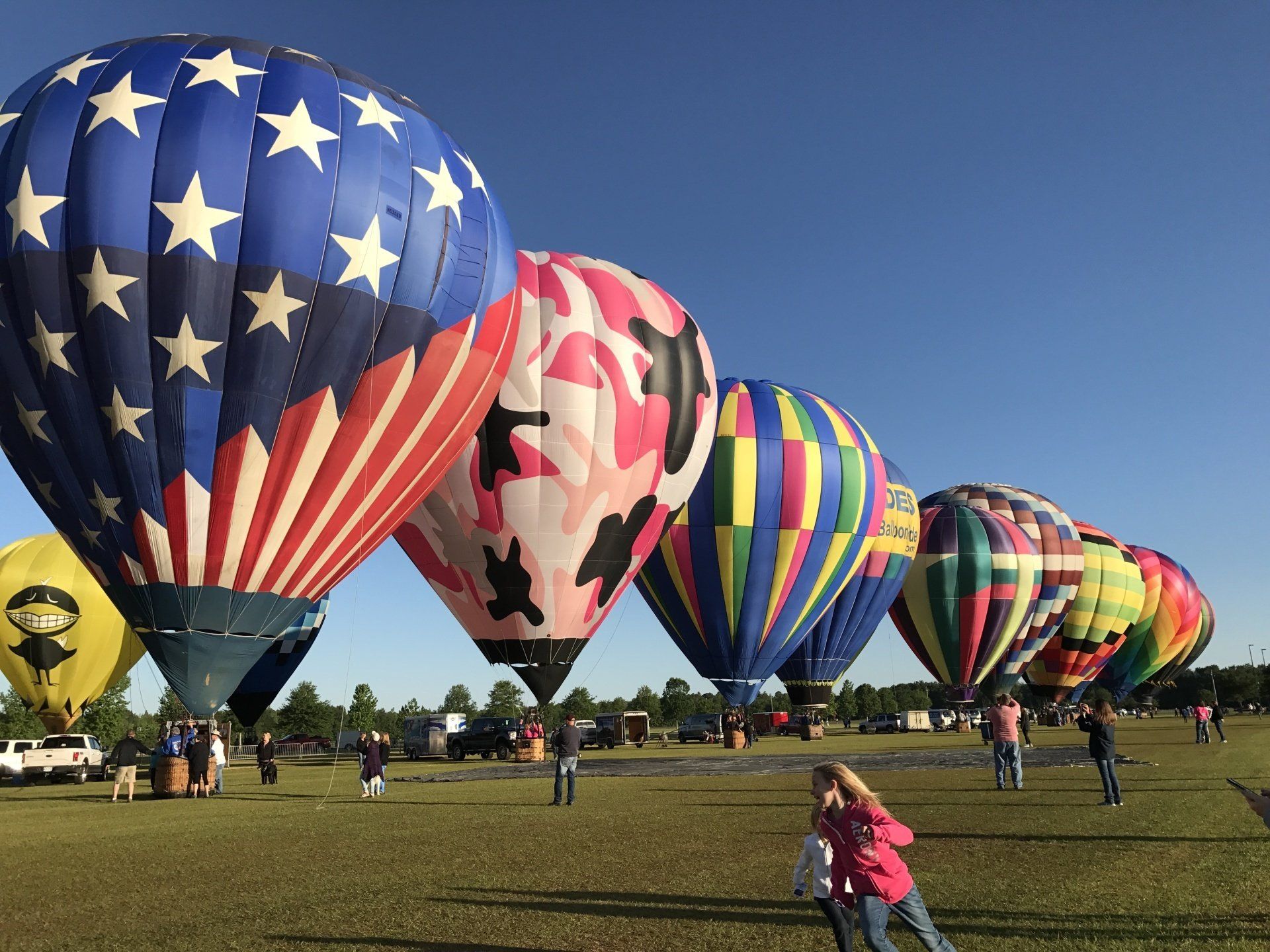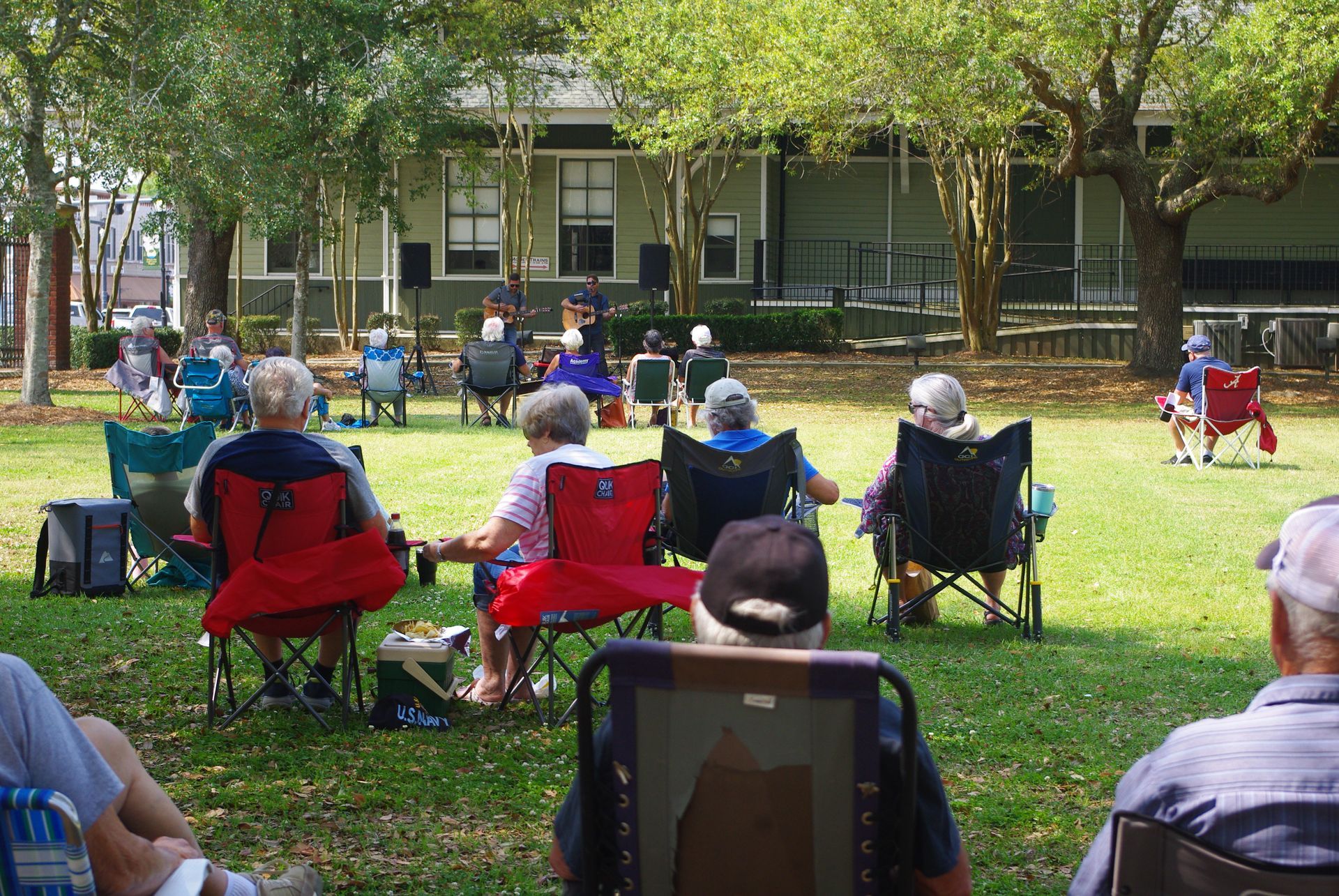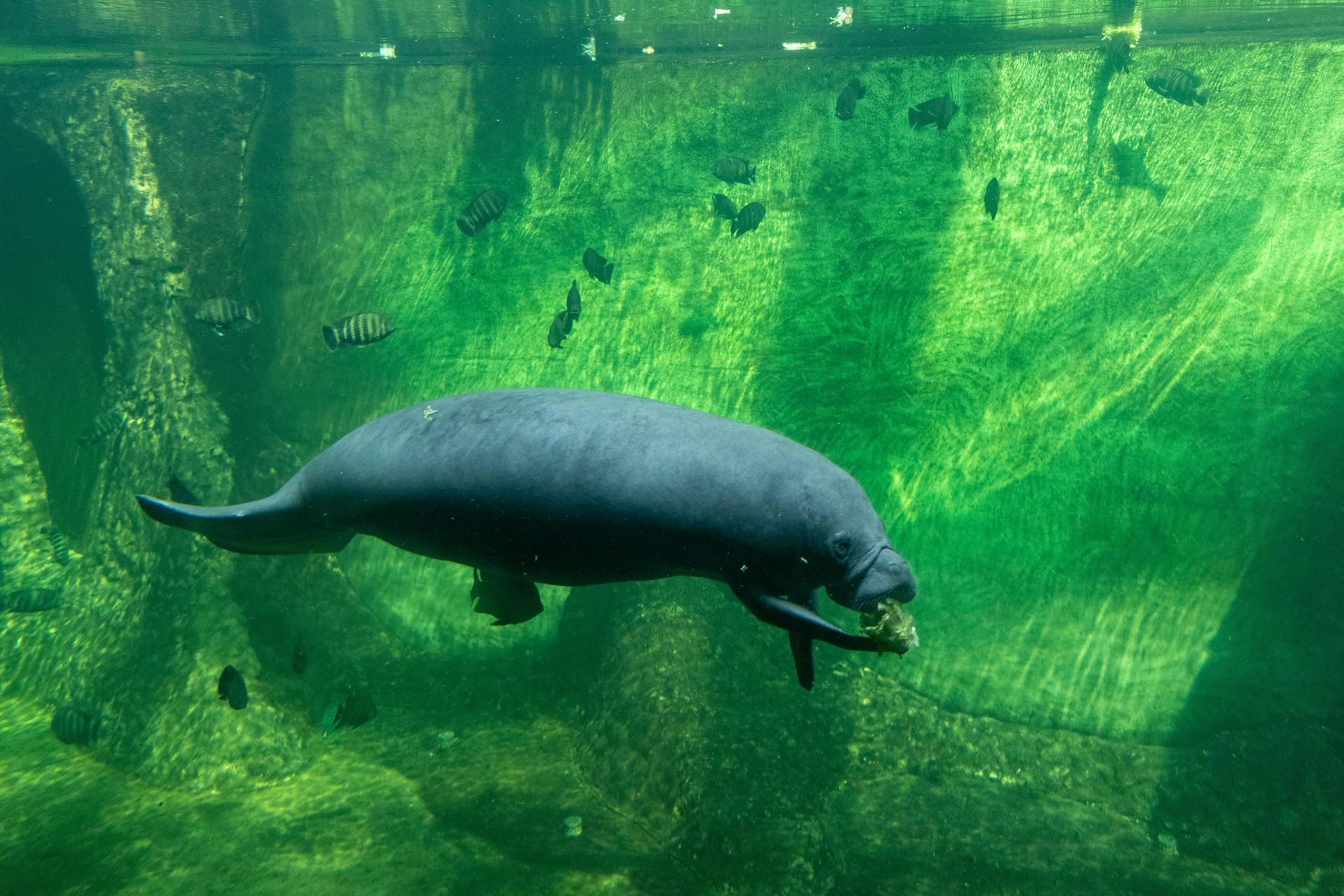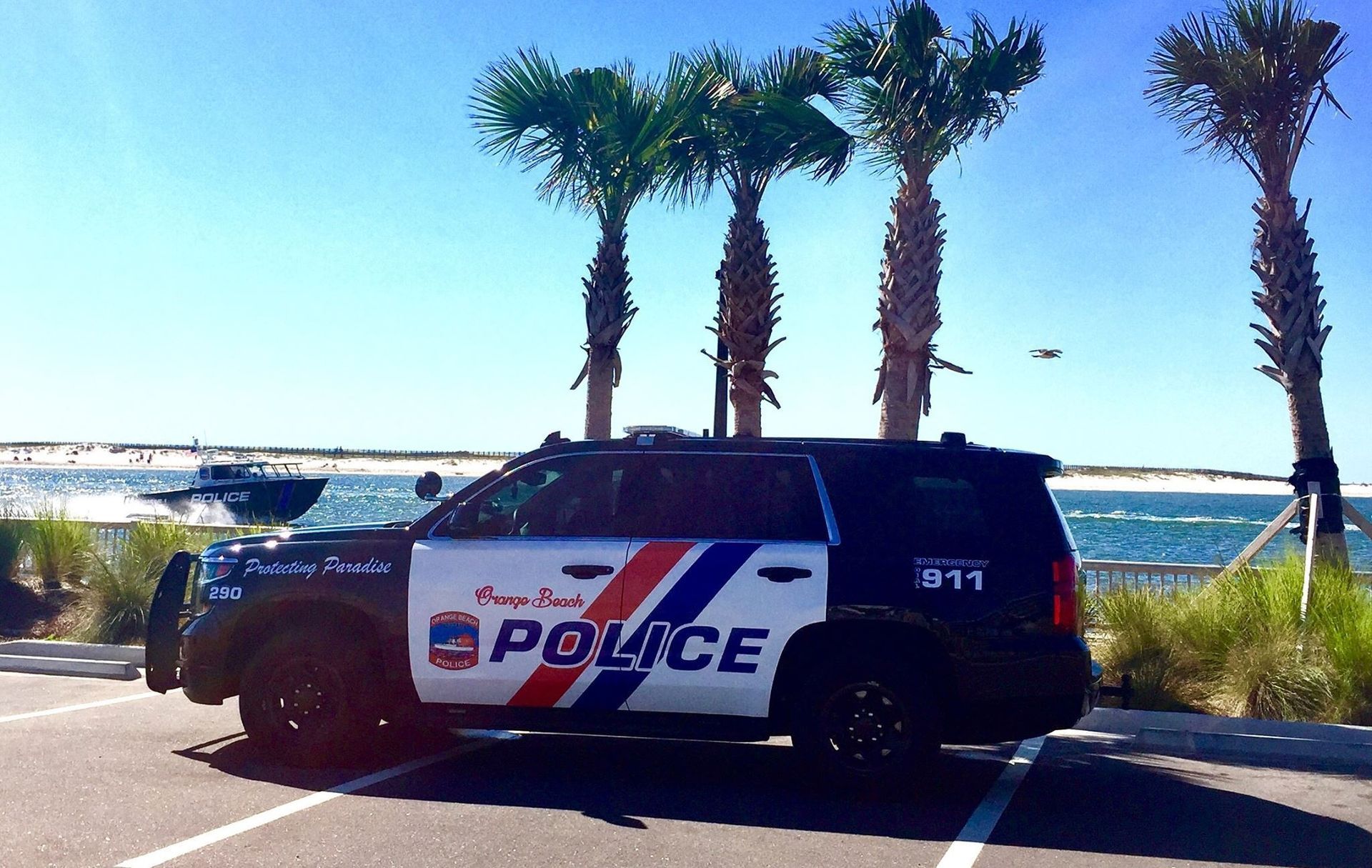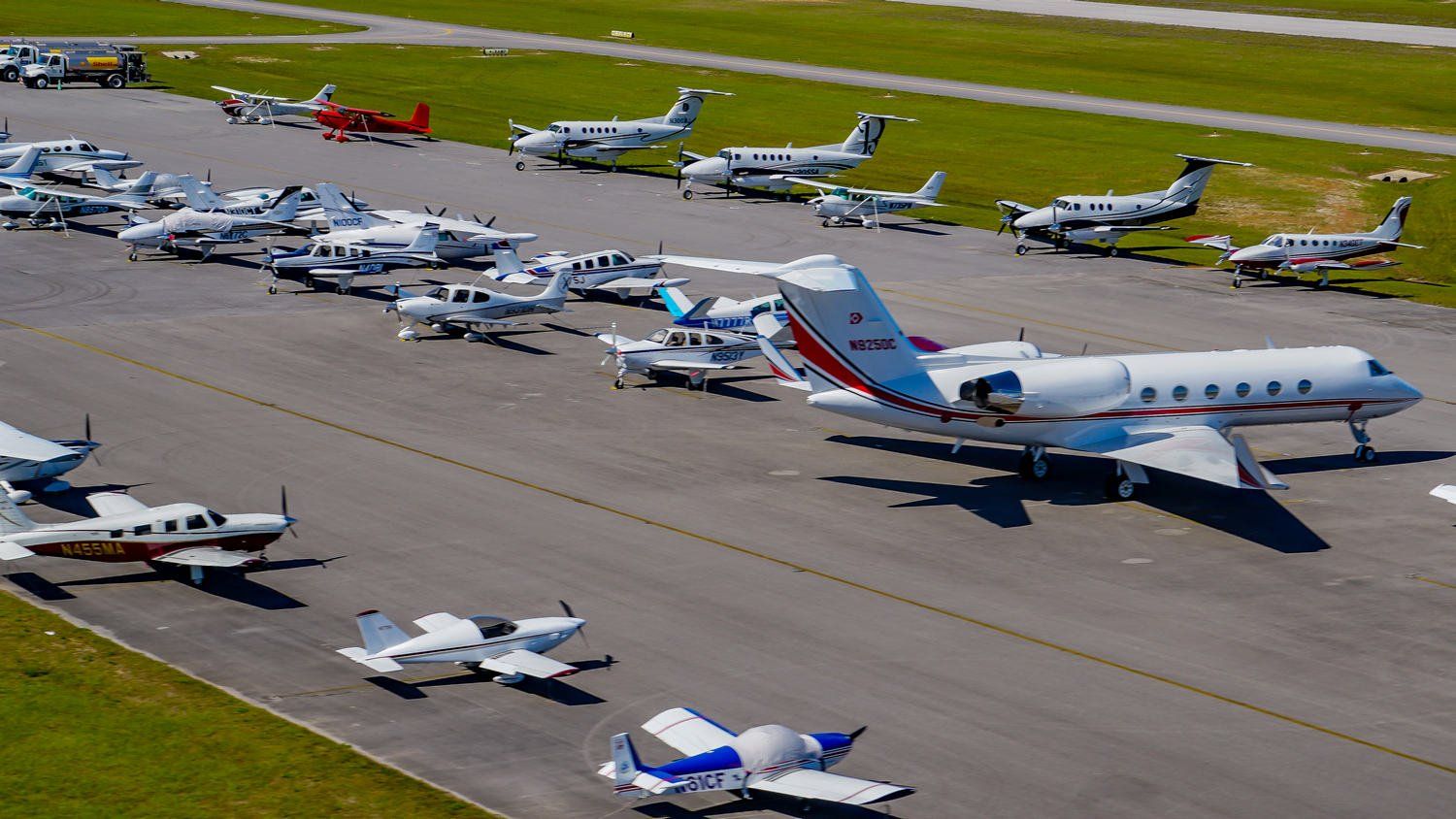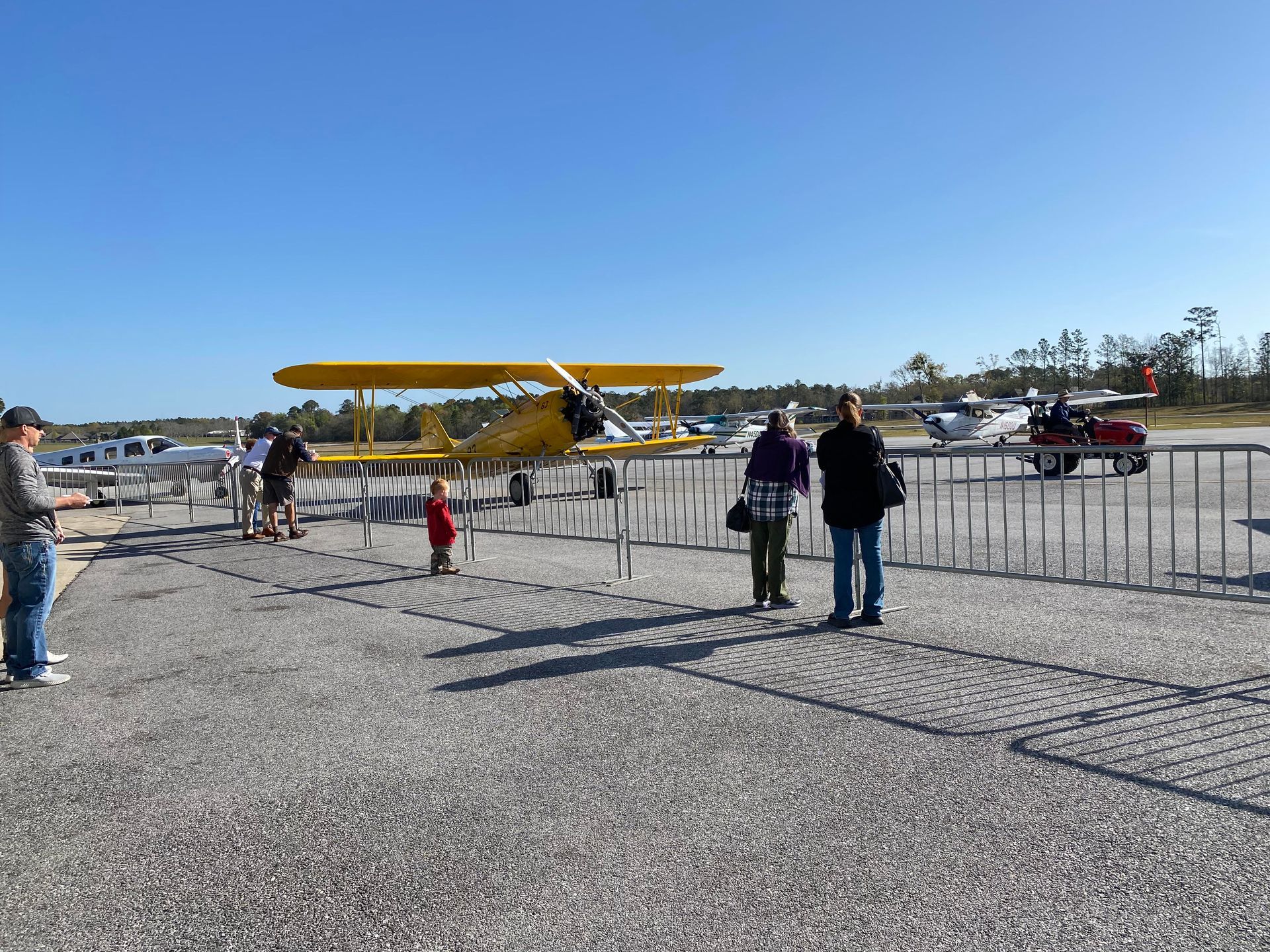Foley to Display Historic Biplane at New WWII Exhibit
Foley Celebrates WWII Heritage With Aircraft Addition
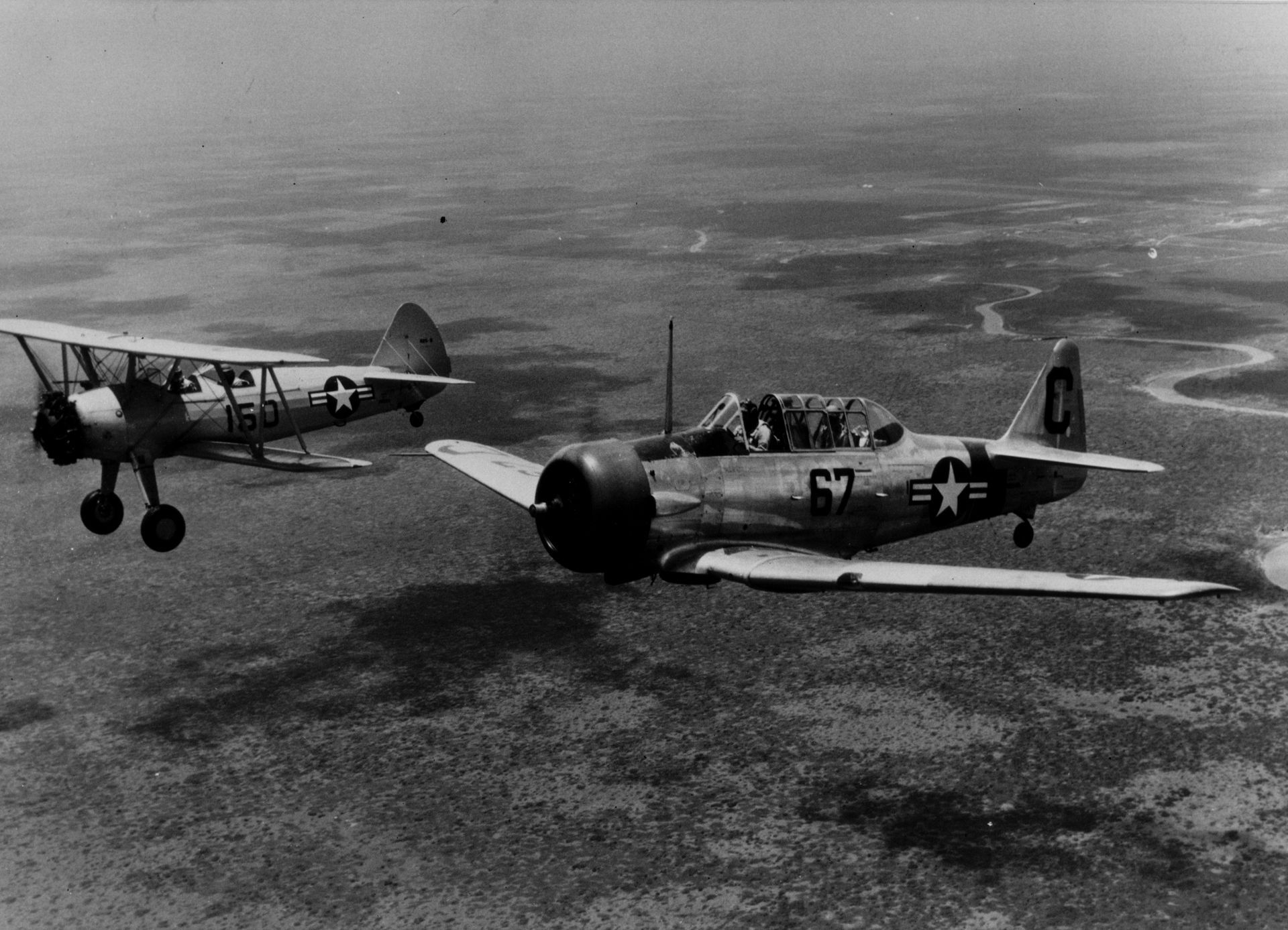
Foley, Ala. – (OBA) – Foley, Alabama, is set to commemorate its recent designation as an American World War II Heritage City with the acquisition of a historic World War II training aircraft. The Foley City Council approved the purchase of a 1941 N3N biplane, which will be featured in an upcoming exhibit highlighting the city’s role in the war. The biplane is among the types of aircraft once flown at Barin Field, a key naval aviation training center in Foley during the conflict.
Click here to view related article.
One of the types of aircraft flown over Foley by thousands of Navy aviators being trained to fight in World War II will be part of the commemoration of the city’s designation as an American World War II Heritage City.
The Foley City Council voted Tuesday, Sept. 3, to purchase a World War II training aircraft that will become part of an upcoming exhibit. The 1941 N3N biplane is one of several models of aircraft used at Barin Field, the Navy’s aviation training center in Foley during World War II.
The National Park Service named Foley an American World War II Heritage City. Only one community in each state or territory receives the designation commemorating that city’s part in World War II and its efforts since the war to recognize the service of veterans in the conflict.
Mayor Ralph Hellmich said the aircraft will be a major contribution to Foley efforts to celebrate the designation and the area’s history.
“I think it'll be a real winner for our city,” Hellmich said. “This is something that could be a real jewel for our city.”
Barin Field had a major impact on Foley and the war.
During World War II, Barin Field had more than 2,000 active-duty personnel assigned to the base in addition to training more than 5,000 aviation cadets. Foley had a population of about 850 in the 1940 census.
Many of those aviators who trained at Barin Field went on to fight in the Pacific Theater, contributing to the Allied victory.
Barin’s impact is still felt today, City Administrator Mike Thompson said.
“We want to have displays that really identify how Barin Field affected us as a city,” Thompson said. “Many people who live in Foley today are here because their father or grandfather came here to learn to fly for the Navy, and after the war, they came back here and they made Foley their home.”
Thompson said the city is looking for ways to commemorate the national recognition.
“We recently were recognized as a World War II Heritage city for the state of Alabama,” Thompson said. “Since that time, the staff has been working with the Navy to try to identify ways that we can recognize our history and how the Barin Field has affected Foley as a city.”
The city will open an exhibit on Barin Field and Foley during World War II later this year. That exhibit will be in the Foley Railroad Museum on East Laurel Avenue.
Foley is also developing plans on a more extensive permanent exhibition to include displays such as the N3N.
Hellmich said that while the biplanes stopped being used for military training after World War II, some of the aircraft continued to be familiar sights in Baldwin County for many years.
“A lot of those were World War Two surplus trainers, these crop dusters,” Hellmich said. “We were familiar with these planes when we grew up.”
The mayor said Foley is also working with other institutions, such as the National Naval Aviation Museum in Pensacola, to locate historic items that might be included in the upcoming exhibits.
Foley residents can also contribute to the planned exhibits. Anyone with items relating to Barin Field or Foley during World War II can loan or donate artifacts to be included. Photographs can be scanned and returned to the donors.
Hellmich said the museum displays are a way for Foley to recognize the distinction of being the only city in Alabama to receive the National Park designation.
“We were selected as a World War II Heritage Site, which is a very high honor,” Hellmich said
Barin Field was an active base from 1942 through 1947 and was reopened from 1953 until 1958. The Navy continues to operate the site as an outlying landing field.
